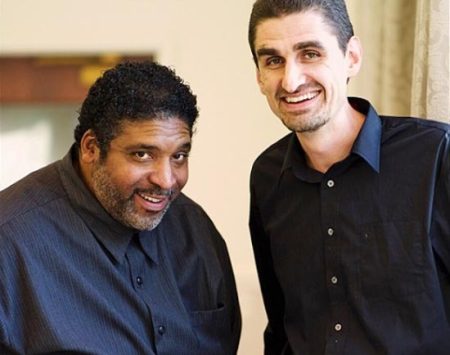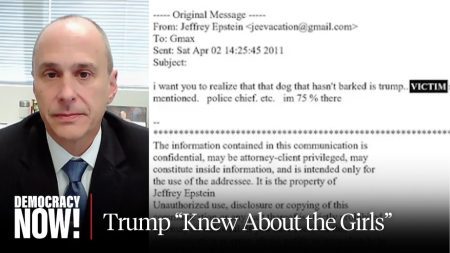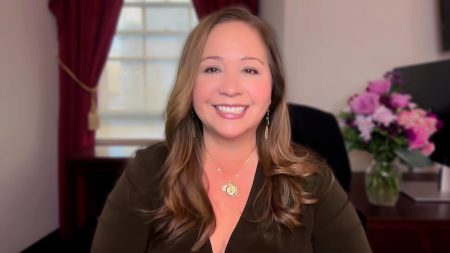Let’s Keep Our Eyes On the Ball
 |
| Dr. Errington Thompson |
As a kid in Texas, I took lessons at a local tennis court. I remember the tennis pro reminding me over and over again, “Keep your eye on the ball!” He was right. I did tend to look away from the ball before making contact. As we continue to debate this economic stimulus package, I would humbly suggest that we keep our eyes on the ball.
The purpose of this stimulus package is to put people to work. In November and December alone, our economy shed over a million jobs. Just in the past two weeks we’ve learned of job cuts from Wall Street darlings, Starbucks, and Microsoft. Ford’s automobile sales dropped 40% in the month of January — and Ford is the American manufacturer that is “doing well.” Almost every sector in our economy is faltering.
Over the past 30 years we’ve been told that “government is not the solution.” If we want to come up with a solution that is going to help everyone, we have to throw out this ideology, which has already been proven false.
As New York Times columnist Frank Rich recently noted, “in March 1933,
Hoover and Roosevelt acolytes had forgotten to be Republicans or
Democrats as they urgently tried to rescue their country.” Today we
don’t get to watch Republicans and Democrats holding hands and singing:
instead, Republicans have tried to stuff every kind of tax cut and tax
break into this bill while stripping it of job creation policies.
We’ve tried tax cuts — in 1981, under President Reagan, and again under
President George W. Bush. The 2003 Bush tax cuts promised millions of
new jobs — and if we use the White House’s own estimates, we see that
the Administration fell 3.1 million jobs short.
Tax cuts do not work to create jobs: they lead to inequalities of
wealth and deterioration of our infrastructure. Jobs are the name of
the game. We have to keep our eye on creating jobs, and history teaches
us over and over that investing public funds — borrowed money — to
rebuild the public infrastructure is one of the best ways to do that.
Most economists agree that we can approach this economic problem in one
of two ways. One road will lead us out of this economic disaster; the
other, closer and closer to our second Great Depression. Herbert Hoover
and his advisers cut government spending, trying to balance the budget.
They tightened monetary policy, believing in survival of the fittest.
This worsened an already terrible job market. People without jobs
stopped spending and withdrew their money from banks, causing more
banks to collapse. Fear caused even working people to tighten their
belts, thus perpetuating the cycle.
The other approach is the one that President Obama is trying to take
now — the one that historically succeeds every time. He wants the
government to spend money and to invest in projects that put people to
work. When people work and make money, they spend money and they pay
taxes. Spending money will help small businesses in the local
community; tax revenues help local and national governments pay their
bills. The small businesses will spend money and sign contracts with
larger businesses. Both the small and large businesses will hire more
people. Now this is a perpetuating cycle that we want to see continue.
We must invest in infrastructure. By fixing crumbling roads, bridges,
and water treatment plants, updating sewer systems and modernizing the
electrical grid, rebuilding America’s railroad systems — by investing
in the future — we will create millions of jobs. This is a start at
repairing our broken economy, but more needs to be fixed.
The banking and brokerage house systems need to be fixed; hedge funds
must be regulated; domestic manufacturing must be made possible and
profitable once again; the focus on short-term profits has to be
replaced with investment in long-term growth.
The most important piece of this puzzle, the piece we must keep our eye
on, is putting Americans to work at a fair wage. If we can’t do that,
then we’re headed towards a Great Depression, and everyone better hang
on for a very bumpy ride.








